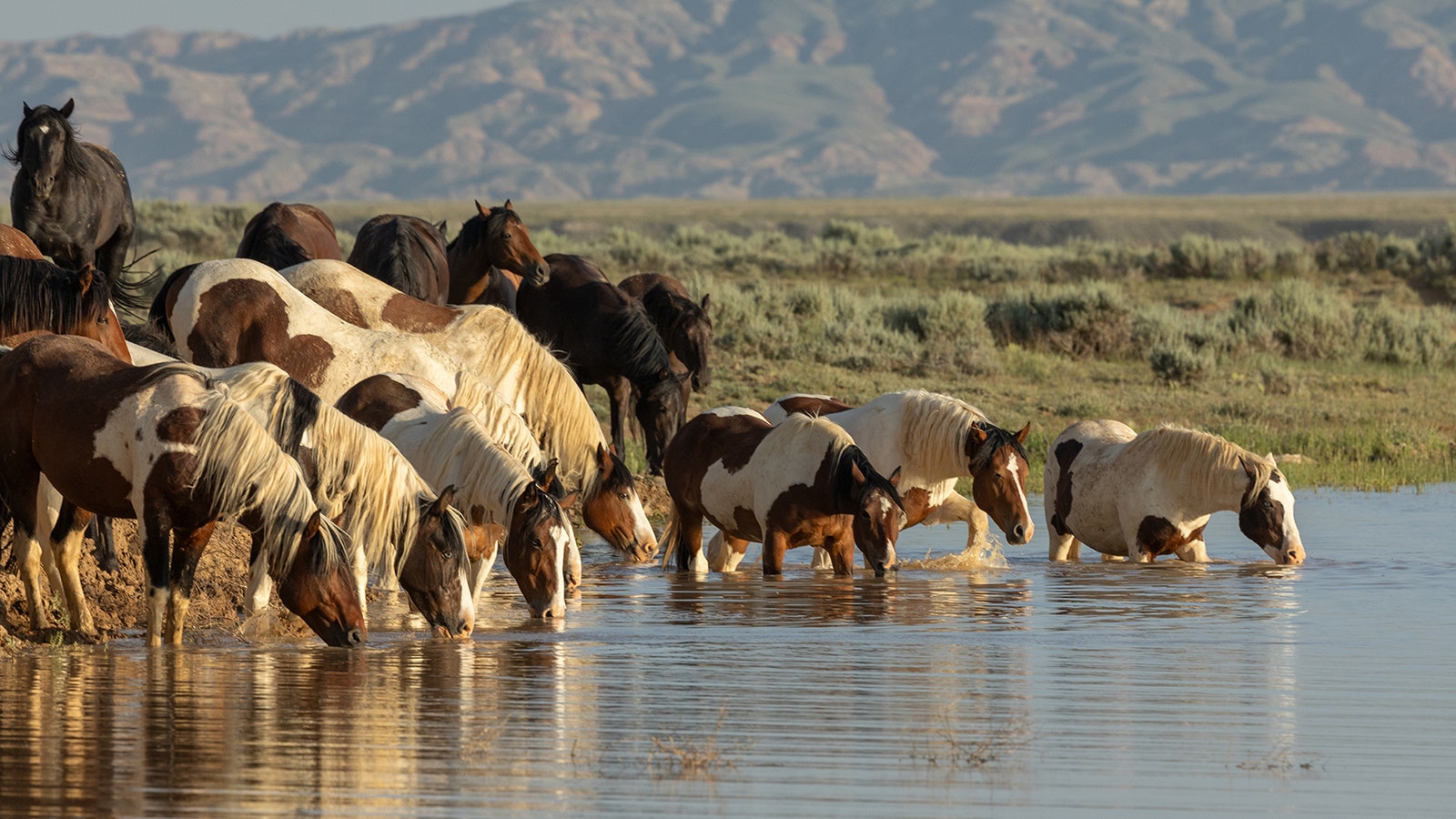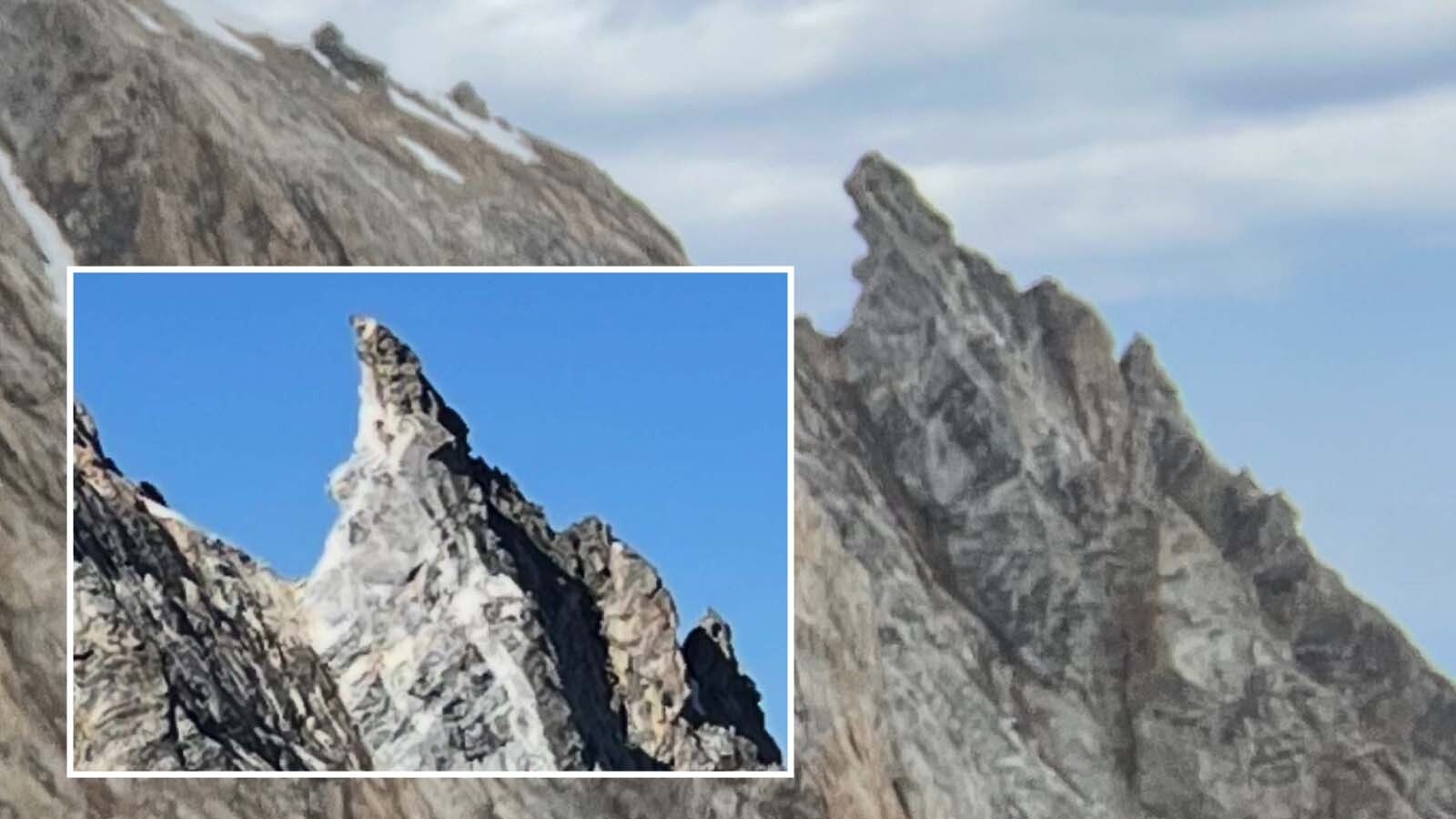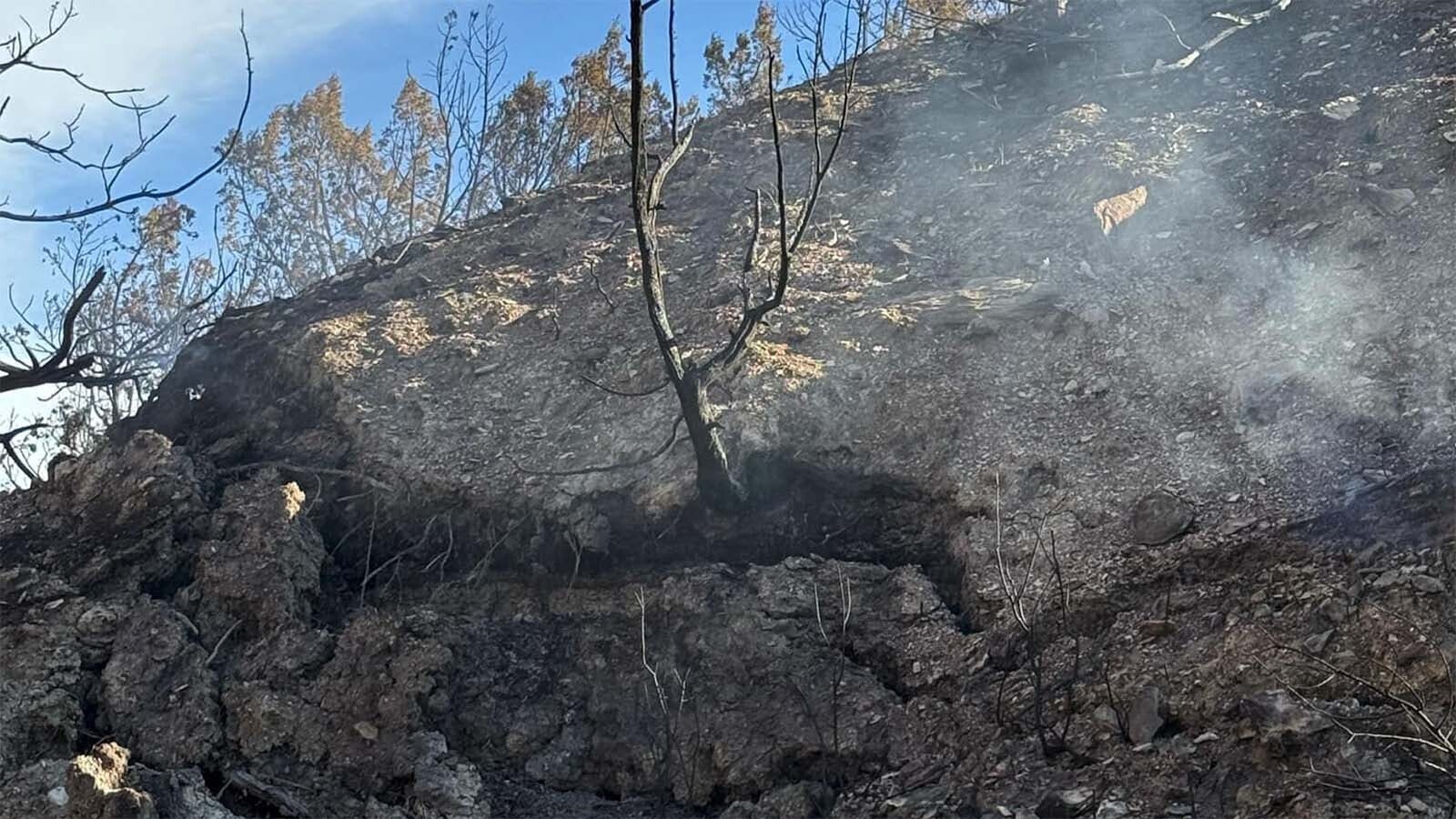Wyoming’s McCullough Peaks mustang herd might not be as large as those in the Red Desert or as well-known as the nearby Pryor Mountain mustangs.
Even so, the herd of about 180 horses is hugely popular and worth conserving, wild horse advocate Carol Walker of Longmont, Colorado, told Cowboy State Daily.
That means plans by the Bureau of Land Management to trim the herd by trapping and removing 41 horses from the agency’s McCullough Peaks Herd Management Area (HMA) starting next month is a bad idea, Walker said.
“People love it because they’re lots of pintos and there’s lots of buckskins. It’s a very colorful herd,” she said. “They’re also easily accessible and approachable, so they’re easy to photograph and observe.”
The McCullough Peaks HMA encompasses 109,814 acres east of Cody.
Trapping Starts In November
Horse Trapping will start Nov. 15, Sarah Beckwith, the BLM Wind River/Bighorn Basin District spokesperson, told Cowboy State Daily.
“We plan to gather approximately 80 horses, remove 41, treat 15 mares with fertility control and release 39 back to the range,” Beckwith said. “This will allow us to reach the high Appropriate Management Level (AML) of 140 horses in the herd management area.”
The BLM plans to put the 41 horses it removes up for adoption.
“The horses will be taken to the Rock Springs Wild Horse Holding Facility and offered for adoption in the BLM’s Wild Horse and Burro Online Corral,” Beckwith said.
A Birth Control Success Story?
The BLM says it’s trying to maintain the herd at a healthy level. But Walker and other wild horse advocates say removing horses isn’t necessary and could threaten the herd’s long-term viability and genetics.
Mares in the McCullough Peaks herd have been darted with birth-control medication for years, Walker said. And it’s an aging herd that will shrink naturally through deaths from old age and winterkill.
“Six horses from that herd died over the summer, and we’re expecting a significant winterkill too,” she said.
Walker said that by her count, the herd includes 175 adult horses and 12 foals for a total of 187. The BLM lists the herd at 181 horses.
The BLM’s stance is that the McCullough Peaks herd needs to be kept at 70-140 horses, Beckwith said.
Fertility control and natural deaths won’t accomplish that, according to the BLM.
“The Cody (BLM) Field Office’s decision to conduct small bait-trap gathers and administer fertility control by way of darting in the field is necessary for us to achieve and maintain the McCullough Peaks herd within the AML of 70-140 horses so that we can effectively manage horses on healthy and productive public lands, in balance with other resources and uses,” Beckwith said.
“Even with regular fertility control applications and natural mortality attrition, there are currently 181 wild horses in the HMA,” she added. “But because we’ve administered fertility control consistently since 2011, including via field darting, population growth has increased very slowly in the McCullough Peaks, by an average of only 2% annually, as opposed to untreated herds, which can double every four years.”
Bait Traps
The last time horses were removed from the McCullough Peaks herd was in 2013, Walker said. The BLM used bait traps to corral the mustangs, and agency personnel were on site.
This time, the traps might be controlled remotely from the Cody BLM Field office, she said. And that raises concern, because if any horses are hurt during the process, nobody will be there to help them.
“They’re going to sit in the Cody field office, more than an hour away from the range, and they have a little button they push to close and open the traps,” Walker said.
Beckwith said the BLM will take steps to ensure the horses’ safety.
“The initial bait-trapping efforts will be conducted by BLM staff from the Cody Field Office who are familiar with the identification of the horses. This helps to ensure that bands remain together and the correct horses are safely trapped and removed,” Beckwith said.
“First, we set out food and mineral tubs at the trap sites. Next, once the horses are accustomed to the bait, we’ll set up panels and leave the trap gates open so the horses can get used to the panels and move in and out of the traps,” she added. “Finally, after we see that the horses are accustomed to the panels, staff will monitor the traps from a close distance and we’ll try to trap horses by closing the gates when horses are in the traps.”
The traps will be checked at least every 10 hours, she said.
BLM Should Wait, Advocates Say
Removing 41 horses in November would be jumping the gun on the BLM’s part, according to the American Wild Horse Campaign advocacy group.
The trapping program will cost taxpayers money, and possibly detract from Park County’s tourism revenue because the McCullough Peaks herd is a big draw for visitors, according to the group. Instead, the BLM should wait for summer 2024 to see just how large a toll the coming winter takes on the aging herd.
Walker agreed.
“We’re asking them (the BLM) to put a brake on the trapping for now, wait for next summer and do a range analysis then,” she said.
At least for now, the range is in excellent shape, she added.
Heavy snows last winter, combined with rain throughout the spring and summer, left plenty of forage and drinking water for the McCullough Peaks herd, Walker said.
“The range is better than I’ve ever seen it. There is so much forage, so much water. It’s really doing well,” she said.
What About Cattle?
Walker said an assessment of the McCullough Peaks range should include a study of how ranchers’ cattle grazing leases have affected the environment there.
Wild horse advocates worry that the BLM is gauging mustang management according to pressure from ranchers, she said.
Overly aggressive birth control might make some of the mares permanently sterile, Walker said. And that, combined with pulling horses out of the herd, could threaten the herd’s prize genetics that produce the colorful horses that draw tourists.
The BLM tries to manage the McCullough Peaks HMA for multiple use, Beckwith said.
“The BLM is mandated to manage wild horses as one of the many uses of the public lands, not a single use,” she said. “We’re required to manage wild horses in balance with other uses and resources including wildlife, domestic livestock, vegetation, etc. Returning the population of wild horses to within the herd’s AML is expected to help maintain and possibly improve rangeland conditions, providing positive impacts to the vegetation which would benefit both livestock and wild horse grazing.”
To that end, the BLM will probably continue to use birth control darting, as well as occasional roundups and removal of some horses, she said.
Mark Heinz can be reached at mark@cowboystatedaily.com.





